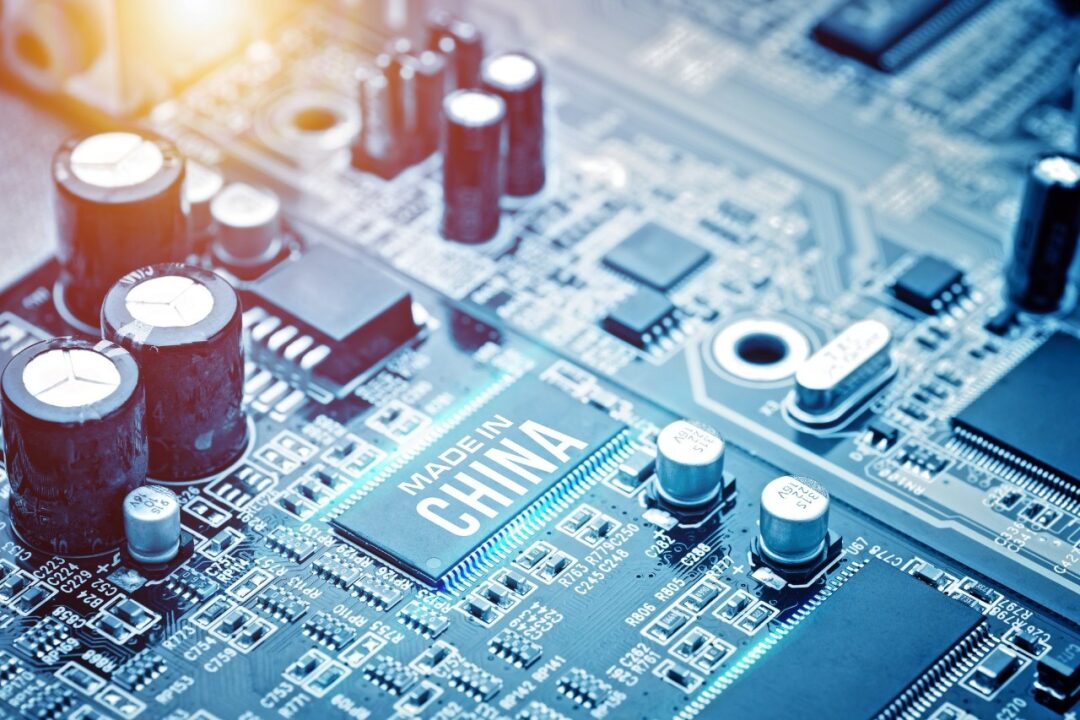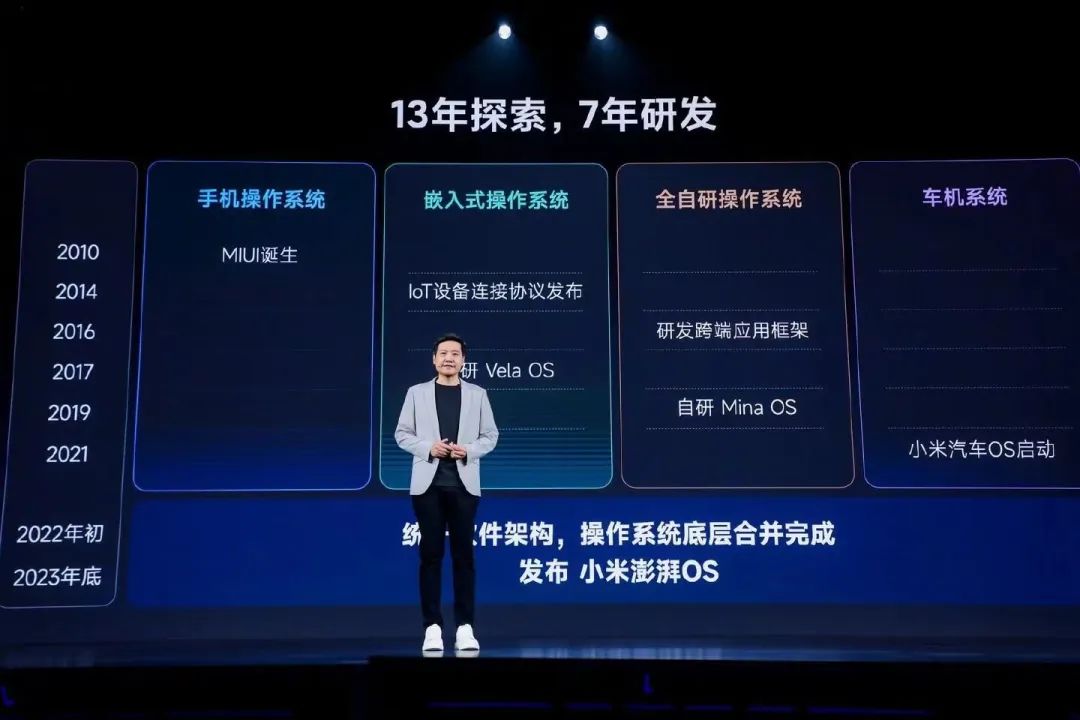Click the blue text above to follow us
Embedded development is currently a mainstream technology, its field is relatively new, developing very quickly, and the employment prospects are broad. It can be used in various industries such as insurance, medical, finance, vehicle navigation, smart agriculture, etc. Therefore, entering this industry is relatively difficult, but embedded talents are scarce, and their value naturally rises. What is the actual situation like?
Demand for Embedded Engineers
The salary situation of embedded engineers nationwide is as follows (the editor thinks using a chart can be more intuitive). Under big data statistics, it can be seen that engineers earning more than 14K account for 37.93%, while the most basic engineers earning 6-8K only account for 2%.

It is unclear whether most people ask about salary because they want to work in this field, or are curious about their potential boyfriend’s money, or want to return to second or third-tier jobs? From what I see, first-tier cities are generally above 15K, and with a better background and company, 25K-35K is also common. Higher salaries are generally for management or entrepreneurs who like to do things. Second-tier cities are generally 8-15K, but there are fewer positions. If you want to change jobs when you are not happy, you may have to look for ten days to half a month. If you are in a first-tier city, the circle is all doing this. You just go to work directly.
In fact, the demand for embedded engineers has been on the rise, with multiple T companies recruiting embedded R&D engineers and embedded technical support engineers. This is mainly due to the popularity of in-vehicle electronic applications and handheld entertainment terminals in China, leading domestic and foreign companies to increase their investment in embedded business. According to authoritative statistical agencies, the demand for embedded engineers accounts for 60% to 80% of all development talent demand, and it is growing at a rate of 20% annually. This indicates that whether now or in the future, embedded engineers will be an indispensable part of enterprise development.

Currently, the work of embedded engineers can be roughly divided into application development engineers and driver development engineers. They are responsible for the upper layer of the operating system, i.e., the application layer, and the lower layer of driver development. In addition, positions closely related to hardware, such as hardware engineers, are also an important part of the embedded field, responsible for the underlying hardware design.
Overall, since embedded technology is widely used in various industries, the demand for embedded engineers is also relatively broad. Moreover, with the continuous development of technology and changes in market demand, the role and skill requirements of embedded engineers are also constantly changing, which requires them to have a strong willingness to learn and self-improvement ability.
Work Content of Embedded Engineers

Embedded engineers can be specifically divided into three categories
Embedded Driver Engineers
Embedded driver engineers are responsible for writing and porting various chip drivers (such as audio chips), optimizing hardware device drivers (such as temperature and humidity sensors), and must be proficient in various hardware interface protocols (such as I2C protocol), system scheduling, semaphores, locking mechanisms, etc., with the highest development difficulty. This type of developer is generally a combination of software and hardware talent. General embedded driver engineers refer to driver development engineers on Linux, who need to be proficient in the Linux driver framework and write drivers based on the chip itself; the quality of the driver largely determines the quality of a product. The industry defines driver talent as entry-level after three years, which shows how high the threshold is. Therefore, for developers who aspire to explore deeper technical fields, embedded driver engineers remain a challenging and valuable career direction.
Embedded System Engineers
Embedded system engineers are researchers engaged in embedded system development, who need to have a programming foundation in C/C++, assembly language, and be familiar with hardware knowledge such as analog electronics technology and processor architecture. Their work content is extensive, including hardware system establishment and related software development, porting, debugging, etc.
In terms of specific job responsibilities, they need to design and develop embedded systems, construct the framework structure and kernel principles of embedded systems, be responsible for writing overall system design plans, assigning work to embedded hardware engineers and embedded software engineers, and providing technical guidance; providing system technical support to customers.
In addition, for those who want to engage in or have just entered this industry, in addition to technical capabilities, they also need to understand the concepts, development processes, application fields, knowledge systems, common platforms, and tools of embedded systems. At the same time, they also need to pay attention to industry development trends and new technological dynamics to adapt to changes in industry development.
Embedded Application Engineers
Embedded application engineers are mainly responsible for embedded software development and maintenance, as well as solving problems discovered during testing. They need to have a foundation in C and C++ programming, be familiar with Linux environment programming, and have experience in Linux network programming will be preferred. In addition, they also need to master certain hardware circuit design capabilities, including digital circuits and analog circuits.
In actual work, they need to write business logic programs and call interfaces provided by driver engineers to control devices. The scope of content involved in this process is very broad, mainly using C language for development, but often involves various languages such as C++, Java, Python, JavaScript, PHP, and various scripting languages, databases, front-end and back-end, various communication protocols, etc.
This position is also the most in demand among major companies. In a typical development team of ten people, the ratio of driver development to system development to application development is 1:2:7.
Prospects and Current Status of Embedded Development
The salary and development prospects of embedded engineers are very optimistic. Currently, embedded development is more inclined towards intelligence, which we refer to as hardware + software. Its development trend not only includes intelligent control but also human-computer interaction. The application of embedded systems has involved all aspects of production, work, and life, such as home electronic products like refrigerators, washing machines, televisions, microwaves to MP3s, DVDs; from car control to safety prevention in trains and airplanes; from mobile phones to PDAs; from B-ultrasound, CT to MRI in hospitals; from mechanical processing centers to robots and robotic arms on production lines; from spacecraft, manned spacecraft to underwater nuclear submarines, etc., all have applications of embedded systems and technology.

Embedded engineers working in large and small companies will have different development paths. In large companies, project division is very fine, for example, the position is embedded driver development, then large companies may further subdivide into embedded display driver engineers, embedded audio driver engineers, embedded power driver engineers, etc. The salary level and benefits provided by large companies are also quite considerable, with a complete promotion path. In small companies, due to insufficient personnel, project division is not clear, and embedded engineers need to take on multiple roles, such as handling both front-end and back-end servers. The salary level in small companies is relatively lower, benefits are not complete, and promotion paths are generally more vague, but small companies can offer rapid progress and strong comprehensive skills.
For development prospects, a more important parameter is the current salary level of embedded engineers. Below, I provide some rational data obtained from various recruitment platforms: (data can only serve as a reference, specific salaries still depend on personal qualifications; some may not reach this salary level, while others have long surpassed it).
Monthly salary for one year of work experience: 10K-15K
Monthly salary for two years of work experience: 12K-18K
Monthly salary for three to five years of work experience: 20K-30K
The above data is only for those “truly hardworking” embedded engineers, not suitable for “just getting by” embedded engineers.
Prospects of Artificial Intelligence Driving Cutting-edge Embedded Technology

Artificial intelligence brings a shock to embedded systems; it is both a blessing and a curse. Artificial intelligence relies on embedded technology for its realization of intelligence. Artificial intelligence, unknowingly, drives the innovation of embedded technology. From a series of smart products, including drones, robot control, urban surveillance systems, smart furniture, self-driving cars, vacuum robots, and Xiaomi bracelets, which of them does not rely on embedded technology for realization? None. The more artificial intelligence wants to express its intelligent level to humans, the more it relies on embedded technology. Therefore, cutting-edge embedded technology tends to develop in conjunction with embedded and intelligent disciplines. When intelligent disciplines truly rise, embedded technology will undoubtedly experience another wave of technological innovation.

(Xiaomi’s operating system development journey: 13 years ago, at the beginning of Xiaomi’s establishment, it started making MIUI; in 2014, it began making embedded operating systems, which are now running on many devices; in 2016, it began developing universal operating systems; in early 2021, it started working on in-vehicle systems. Two years ago, it unified the system architecture and underlying code)
Scan the code to follow and learn more
Click to see what you look best